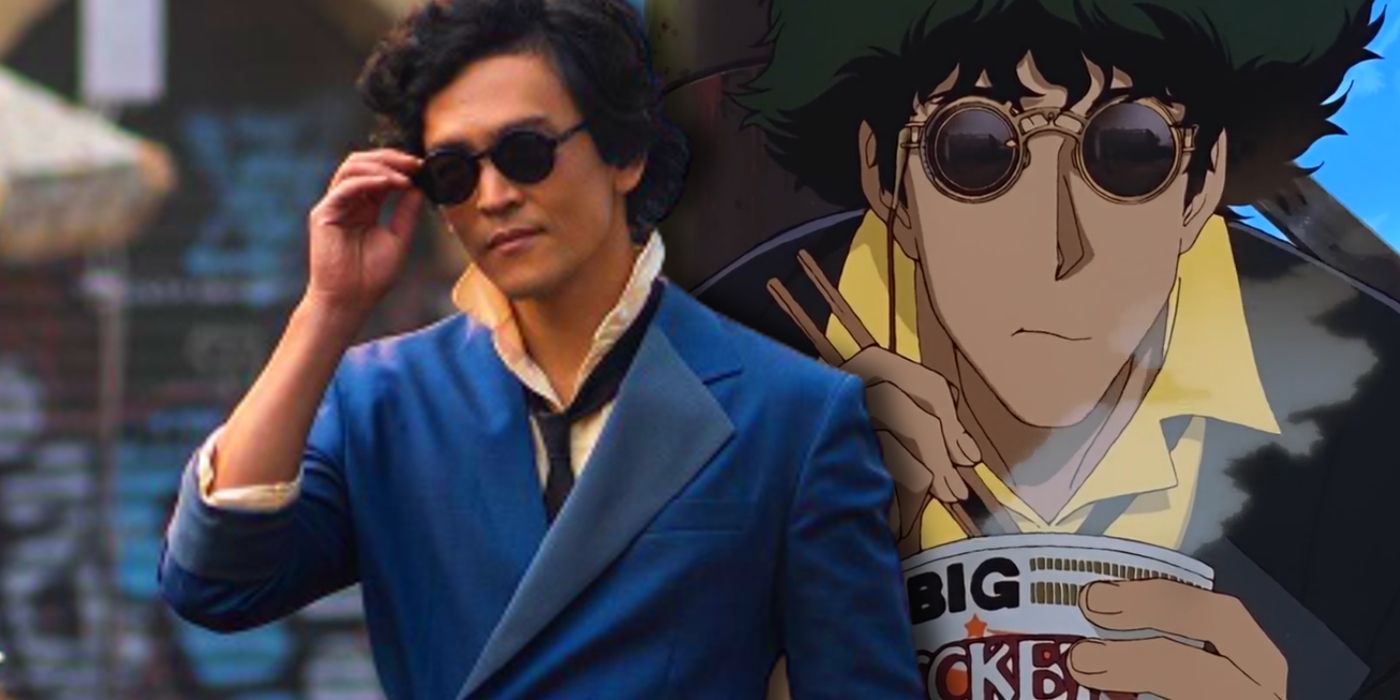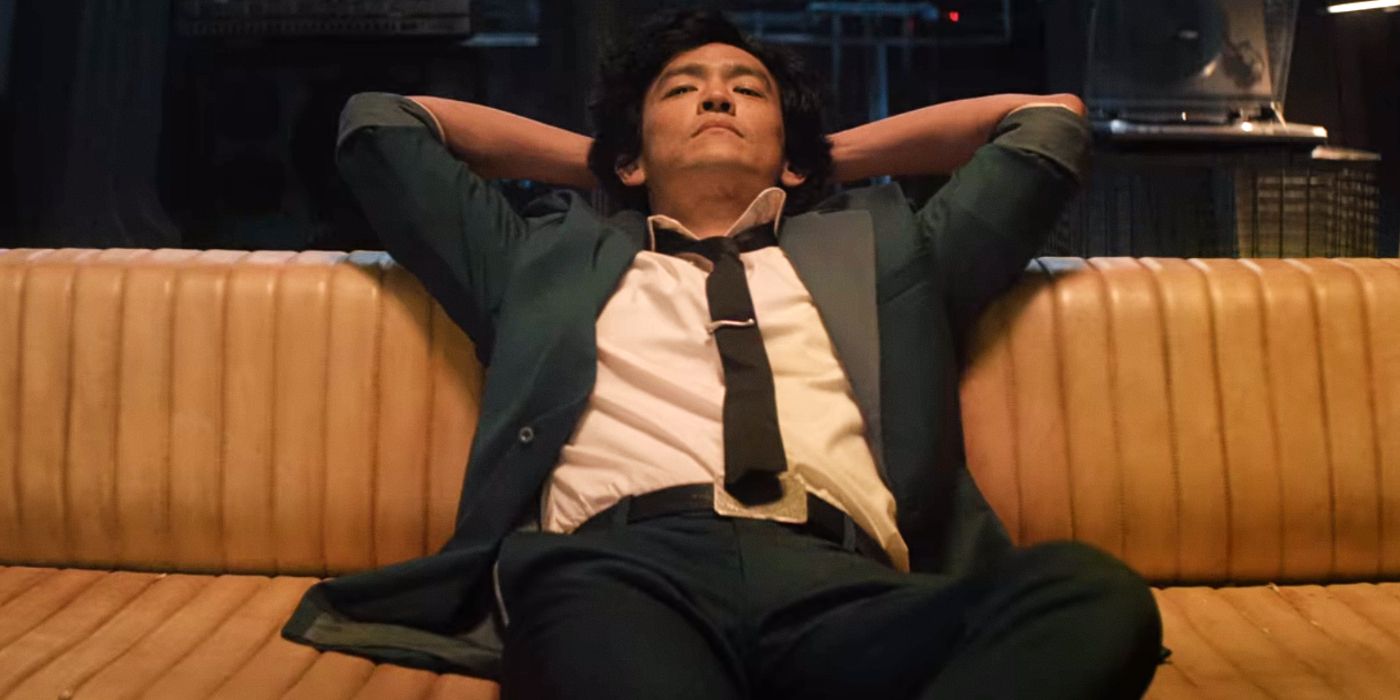Cowboy Bebop's John Cho talks about how he approached bringing Spike Spiegal to life in Netflix's recent live-action adaptation of the iconic anime of the same name. Anime industry legend, Shinichirō Watanabe, was responsible for directing the original 1998 Cowboy Bebop anime, which has since become one of the most popular animated series of all time. The show follows the protagonist Spike and his crew as they traverse the galaxy aboard the spaceship, the Bebop. Rumors of a live-action English-language adaptation have been in circulation as early as the mid-2000s, though Netflix's series only just released earlier this month.
Spike's instantly recognizable character design, coupled with his aloof yet roguish charm, cemented him as one of the most beloved characters in the history of anime. However, as is the case for any iconic character that gets adapted from one medium to another, translating Spike from animation to live-action was evidently a challenge. As it turns out, Cho had opted for a very methodical approach to bringing Netflix's incarnation of Spike to life.
In a recent interview with Screen Rant, Cho revealed that portraying Spike was a challenge for him as the original character was an "illustration, obviously, not a human being." As such, the actor had to rely "on the physical" actions and movements that made the original character so memorable. Specifically, he highlights Spike's "body language and posture" as the most crucial details that informed his portrayal of the character. Check out Cho's full statements below:
I'd never done anything like this before. It was a really interesting character, but it was also an illustration, obviously, not a human being. Because, I’d sort of done something like that with Star Trek and, strangely, I felt like I had more latitude with a human coming after an actor. I felt like we had to be more exact but also, I didn't really have a roadmap. But anyway, to answer your question, finally, I really relied on the physical stuff. First off, I had to develop as much proficiency as I could in martial arts and in fighting. That actually really helped a lot. It gave me a body language and a posture and all that stuff. And then, I started copying the way he stood, and walked, and trying those things on for size. We wanted the characters to be recognizable as the characters from the anime, but we also wanted to feel free and creative and all that stuff. So it was definitely a blend and a mix. And hopefully we got it right. But it was our first try and we were just hoping that this all worked.
Cho was astute to single out Spike's physical mannerisms to inform his performance; Spike's slouched posture is one of the most subtly recognizable aspects of the character. In most depictions of the character – whether in the original show or in promotional materials – Spike is nearly always positioned with an exaggerated slouched position. Even without dialogue, Spike's posture conveys a wealth of tacit information about the character's carefree personality.
Despite being somewhat of a controversial pick for the role of Spike, Cho has received praise since the show's release. Cho's cool attitude never feels overly forced throughout the series, nor do his mannerisms feel like an inaccurate caricature of the original character. Unfortunately, Netflix's take on Cowboy Bebop has been met with divisive reactions from critics and general audiences alike. If a season 2 does eventually come to fruition, hopefully Cho and his co-stars will return to reprise their roles.


